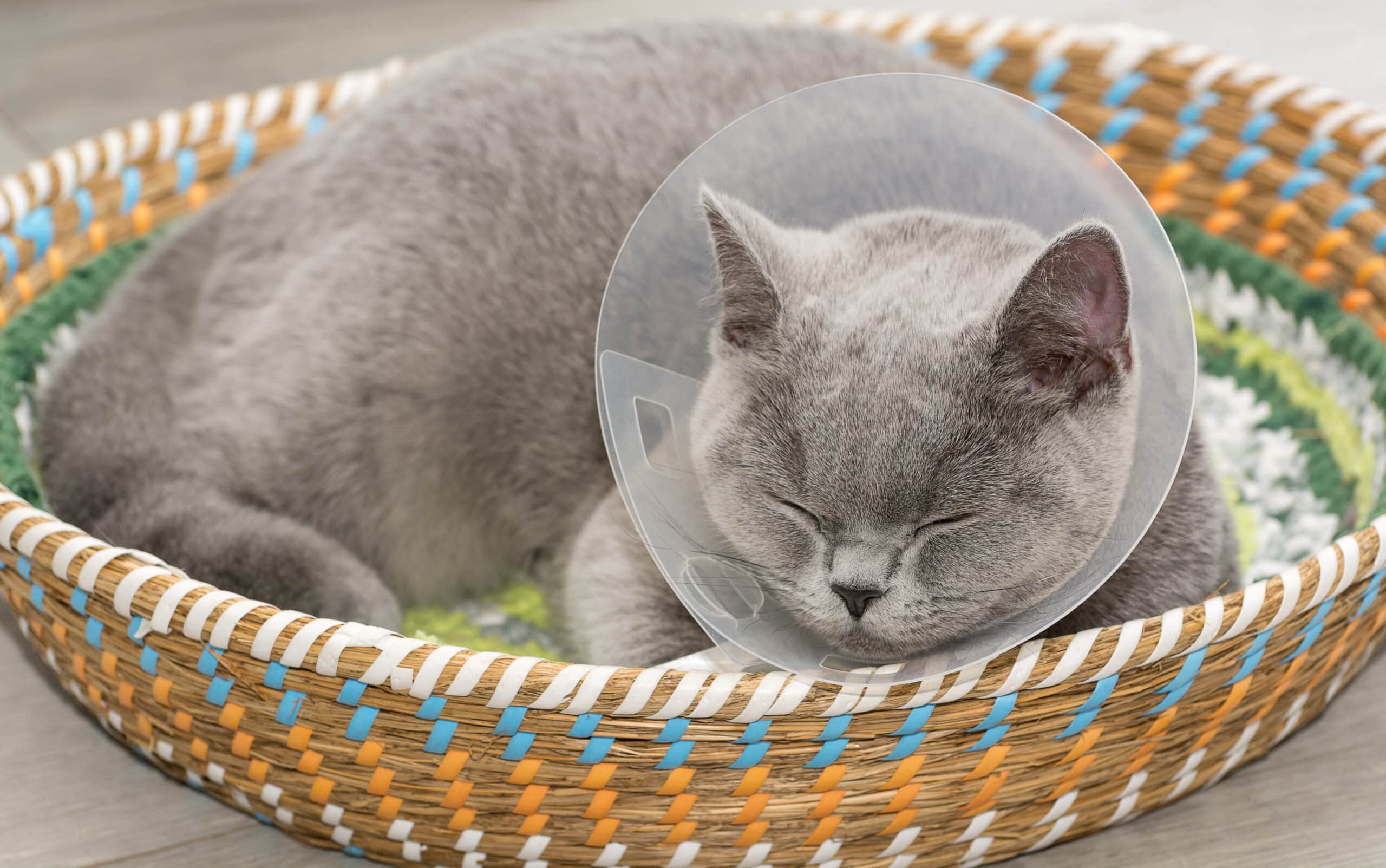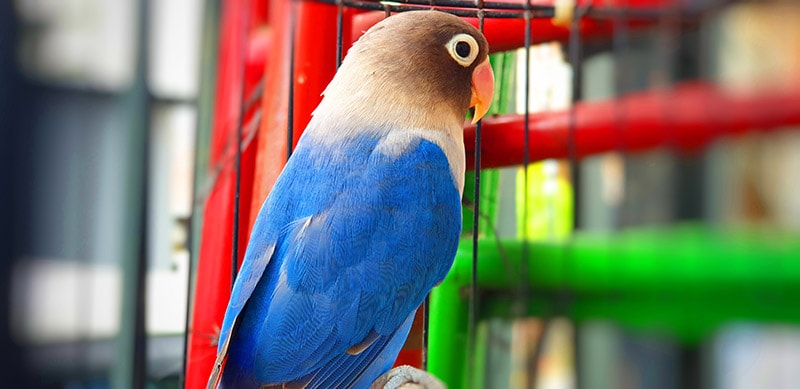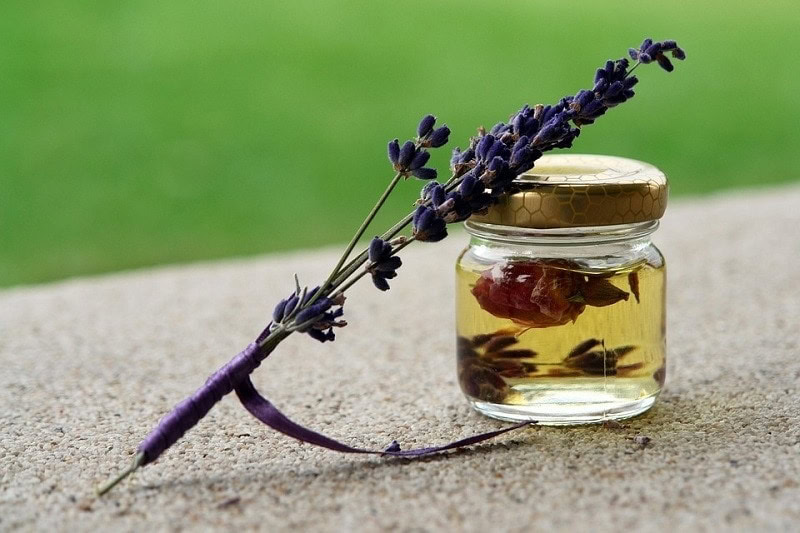VET APPROVED

The information is current and up-to-date in accordance with the latest veterinarian research.
Learn more »After any surgery, your cat will need time to recover. Some cats might recover surprisingly quickly and become active right after surgery. However, you must keep your cat from jumping around to make their recovery smooth, support their healing, and allow them to rest. You will have to monitor their movement post-op to keep them from injuring themselves and to let their surgical wound heal effectively. Follow your vet’s instructions carefully and, if in doubt, contact them immediately.
Here are some ways to keep your cat from jumping after surgery.

The 10 Ways to Prevent Your Cat From Jumping After Surgery
1. Monitor Your Cat Closely
This is the best way to keep your cat safe after surgery. Cats can quickly return to their normal activities after surgery, but they need to rest. You will need to keep an eye on your cat as much as possible to prevent them from hurting themselves. You may need to cancel plans and stay around more or even take time off work. If you see that your cat is active and wants to jump around, you should return them to their bed or favorite spot. Cats love attention, and some cuddling will keep them from moving around. If you see any signs of distress, contact a vet.
2. Remove All the Cat Trees Around the House
To prevent your cat from jumping on the cat tree, you will need to take it down. If you do not want to remove it altogether, you can place it on its side.
You can also cover the cat tree with a blanket. It’s not a pretty sight, but it can stay that way until your cat recovers.
3. Keep Your Cat Indoors
It is compulsory to keep your cat indoors after their surgery.1 There are many distractions outside that might make your cat jump around. They might even forget they had surgery when they see something to run after, like a squirrel.
Depending on your cat’s personality, you can consider limiting their time on the window to reduce the urge to be outside. Cats also start to jump around when they see something exciting outside.
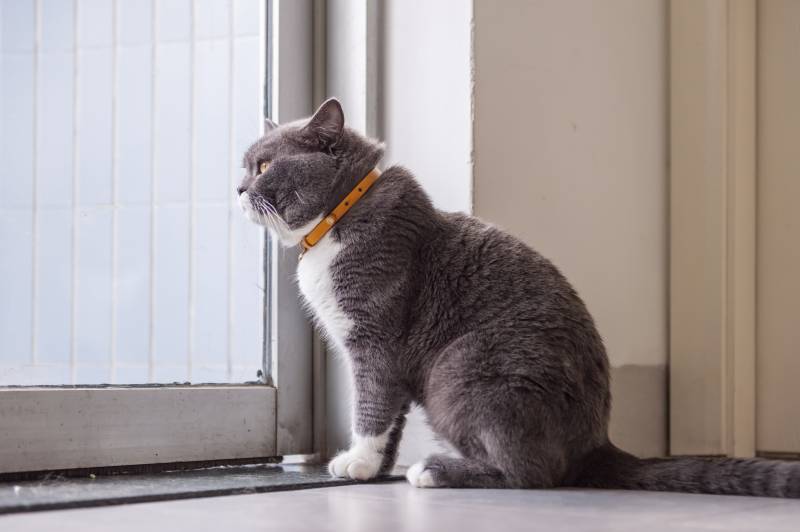
4. Keep Their Toys Away
Taking their toys away might sound depressing, but keeping them away post-surgery is necessary. Cats get excited when they see their toys, and they might jump and run around.
5. Keep Your Cat Away From Other Cats
Other cats will get attracted to your cat’s incision and new smells. They may want to lick or chew on your cat’s unhealed wound, which will cause another mess.
If you have several cats in your house, you must pay close attention to the post-op cat while the others are around. You can keep the cats in separate rooms until your post-op cat completely heals. Be on the lookout for rough play or catfights when you have a recovering cat because they might want to jump, climb, hop, or crawl.
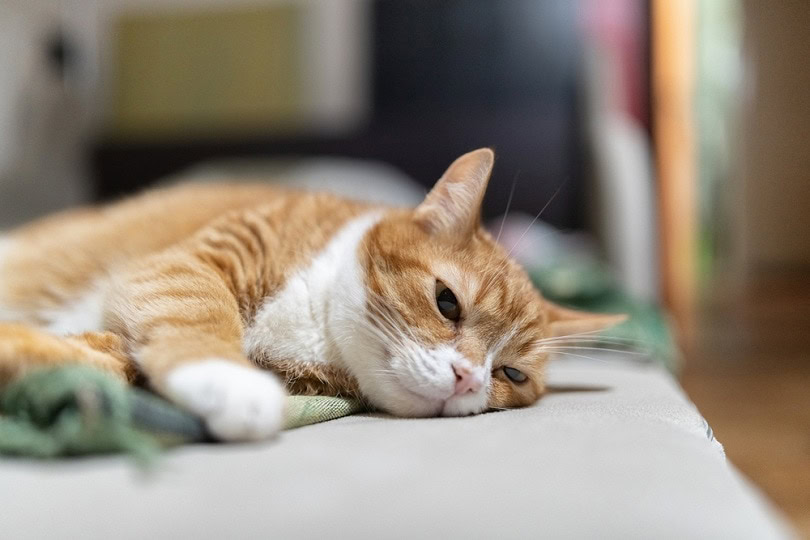
6. Avoid Loud Noises
Cats have a sensitive sense of hearing. This makes noises that are normal to human ears louder for cats. If your cat hears a loud noise, they might be startled by it, which can make them jump around or even run.
It can be hard to avoid some sounds, such as thunder, but you can try not to play your music too loudly and ensure that your TV volume is not too loud to startle your cat.
7. Get a Cone for Your Cat
Your vet will probably give you a protective collar. If, for whatever reason, your vet doesn’t give you one, make sure you get one from a pharmacy on your way home. The primary function of the cone is to make sure that the incision is not licked, bit, or scratched. Your cat won’t enjoy it, but it is for their well-being.
The cone will also discourage your cat from jumping around by preventing them from checking out high areas. It also discourages irregular activity because your cat is uncomfortable and unbalanced. It will keep your cat less active until they heal.
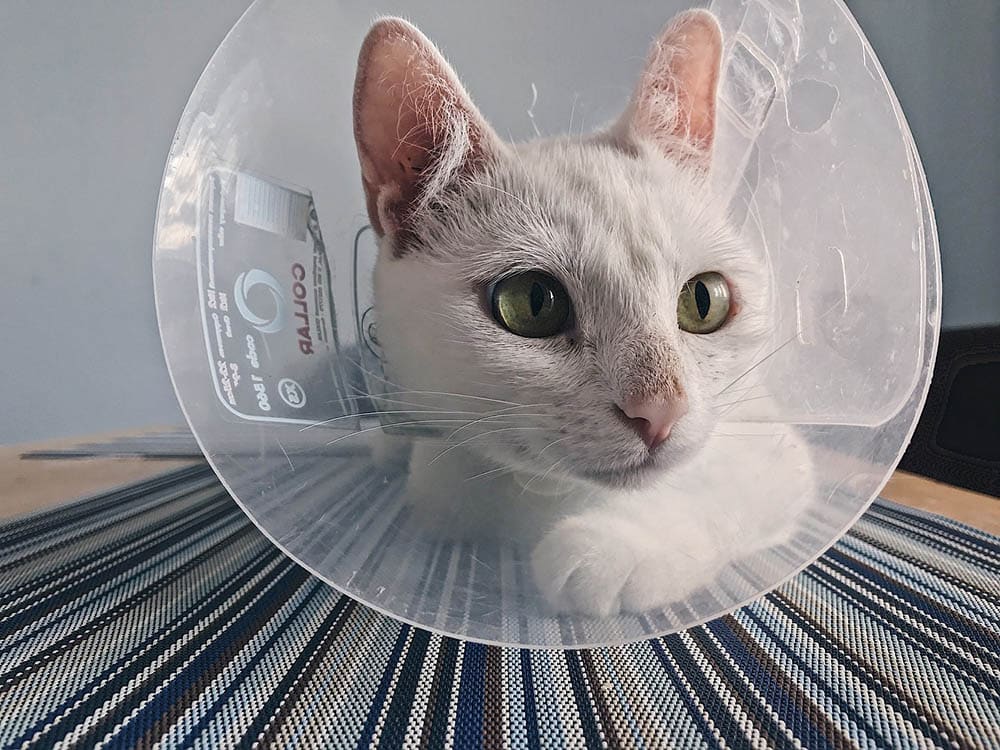
8. Keep Them in a Crate
Keeping your cat in a crate might seem cruel, but some surgeries or conditions require “cage rest.” If that is the case, you must follow your vet’s instructions. After surgery, your cat is highly vulnerable, and keeping them in a crate might be best.
Most pet owners do not like putting their pets in crates, but it will be for just a short time before they heal. If you can’t place your cat in a crate, discuss it with your vet. You might be able to place them in a small room without furniture so they can remain calm and speed up their recovery.
9. Maintain a Relaxed Environment
Keeping the environment as calm as possible is vital. Avoid visitors, especially if they bring pets with them. Your cat will appreciate some peace and quiet during their recovery, and the less excitement in your home, the less they will need to interact with their surroundings.
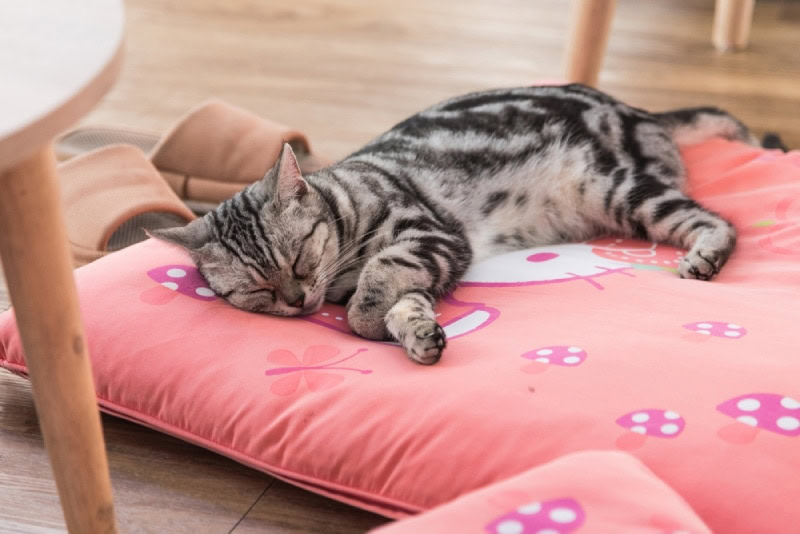
10. Follow Through With Their Medication
While considering all the previous suggestions, ensure that you follow the veterinarian’s directions to the letter. This will speed up your pet’s recovery process. . After surgery, your cat may be pickier about their food. This is not something to worry about unless your cat refuses to eat or you struggle to give them the medication. If that is the case, contact your vet for expert advice.

Summary
We hope our suggestions will keep your cat calm and prevent them from jumping. Keep in mind that the primary objective is to limit your cat’s activity until they heal from the surgery and your vet gives you the green light. Your kitty will also need extra love and affection during recovery to keep them well-rested and relaxed. More than anything, remember to follow your vet’s instructions for a quick recovery.
- Related Read: Do Cats Have to Fast Before a Surgery?
Featured Image Credit: Lilia Solonari, Shutterstock
Contents
- The 10 Ways to Prevent Your Cat From Jumping After Surgery
- 1. Monitor Your Cat Closely
- 2. Remove All the Cat Trees Around the House
- 3. Keep Your Cat Indoors
- 4. Keep Their Toys Away
- 5. Keep Your Cat Away From Other Cats
- 6. Avoid Loud Noises
- 7. Get a Cone for Your Cat
- 8. Keep Them in a Crate
- 9. Maintain a Relaxed Environment
- 10. Follow Through With Their Medication
- Summary
